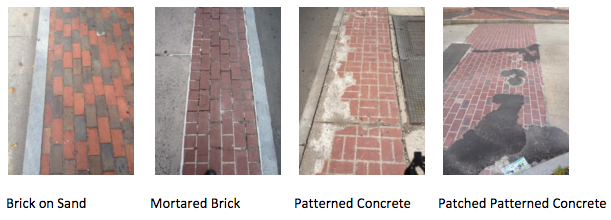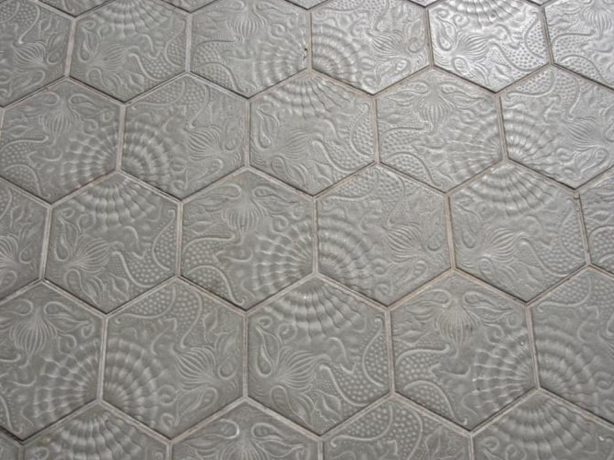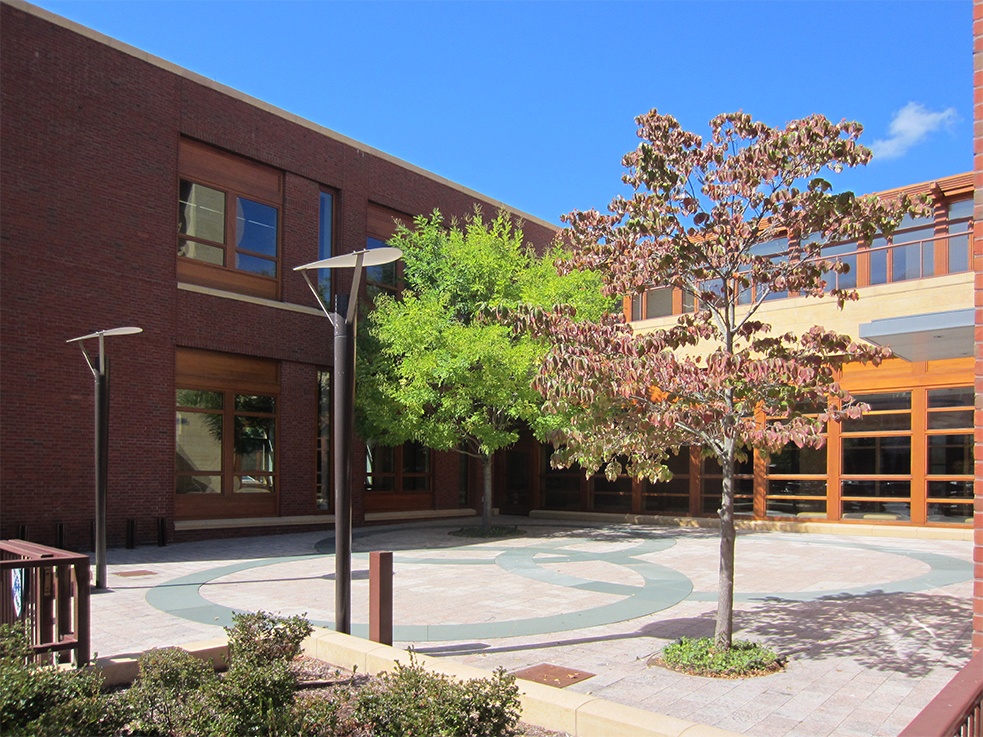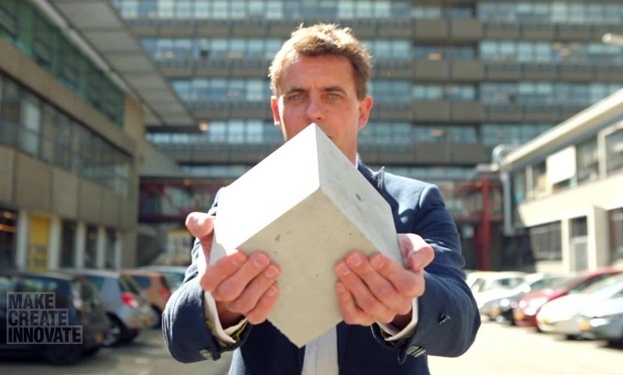Paving material choice is one of the most challenging aspects of designing the urban landscapedue to the competing interests of aesthetics, budget, horticulture and maintenance. We all would love to install (the best) decorative materials throughout the entire pedestrian zone but are often limited to their use in a small accent band along the curb line. When this narrow zone is also used for tree plantings, urban paving material choice takes on a whole other challenge but that’s a topic for another discussion.

Photo by Paul S. Butkus
In the Northeast, where we have brutal freeze thaw cycles, the material choice is often impacted by those doing maintenance. Requests that the paving must stand up to a highway scaled snow removal practices often lead to the elimination of any unit type paver in favor of a monolithic system. Plain or colored concrete or the more decorative patterned concrete with its ‘shake-and bake’ applied coloration are frequently advocated. “It is so easy to maintain” they say.
The problem comes when the low bidder is long gone and after a few freeze thaw cycles what are you left with? The undulating brick sidewalks of places like Philadelphia’s Society Hill and Boston’s Beacon Hill are considered assets and character defining. Spalling concrete doesn’t evoke the same memories and only makes the urban area look forgotten and worse that if plain concrete were used.
Modular pavers, (brick, concrete or stone) set on a flexible base, NOT mortared in place, are the way to go. Clay brick or even concrete pavers (not my favorite since they ALL fade over time) are a more sustainable solution since they can be easily lifted and re-set when necessary if there is a problem with settling or if repairs are needed to below grade utilities. The base, whether it is sand, asphalt or even concrete, can be removed and patched without affecting the finished appearance of the urban environment. Better yet, the work can be done by a multitude of contractors vs. having to go back to a limited group of installers who can creatively match the ‘shake-and –bake’ finish. Modular systems offer long-term flexibility in terms of maintenance and preserve the aesthetics and value of the initial investment for the longest period of time.






